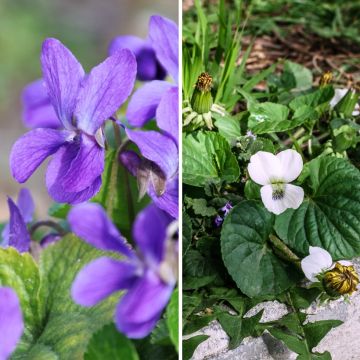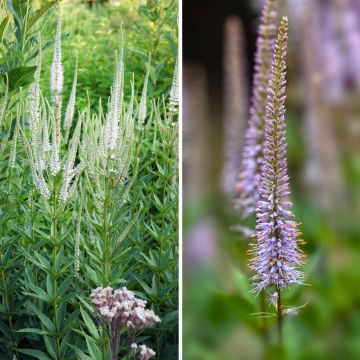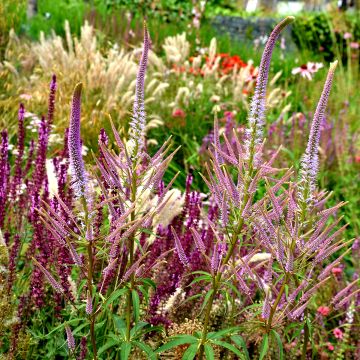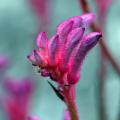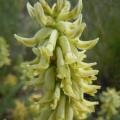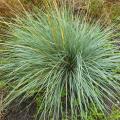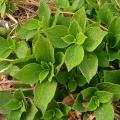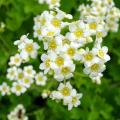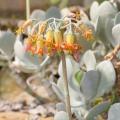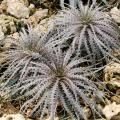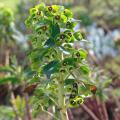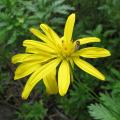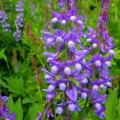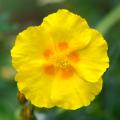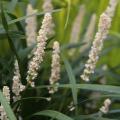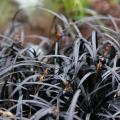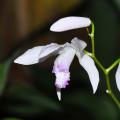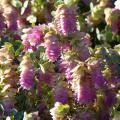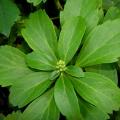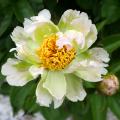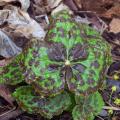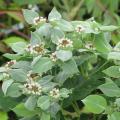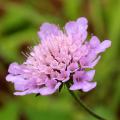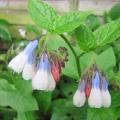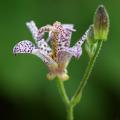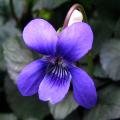Veronicastrum
Would this plant suit my garden? Set up your Plantfit profile →
Available in 0 sizes
Available in 2 sizes
Available in 0 sizes
Available in 3 sizes
Available in 1 sizes
Available in 1 sizes
Available in 1 sizes
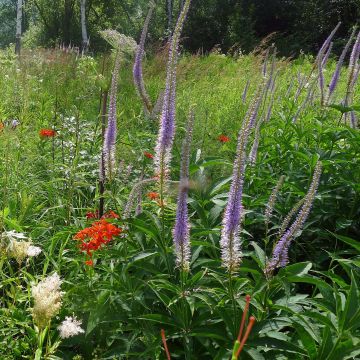
Available in 1 sizes
Available in 3 sizes
Available in 2 sizes
Available in 1 sizes
Available in 2 sizes
Available in 1 sizes
Available in 3 sizes
Available in 1 sizes
Available in 1 sizes
Available in 1 sizes
Available in 1 sizes
Available in 1 sizes
Available in 1 sizes
Available in 1 sizes
Veronicastrum are tall perennial plants related to speedwells, belonging to the same Scrophulariaceae family. Two species are most commonly used in gardens: Veronicastrum virginicum, native to North America, and Veronicastrum sibiricum, native to Siberia. These majestic plants, not well known to gardeners, seduce with their fine plume-like flower spikes arranged in inflorescences that can reach up to 2m (7ft) in height, bringing verticality but also lightness to summer flower beds. The flower colour varies from white (in Veronicastrum virginicum var. album) to pink, passing through different shades of mauve and purple for example in the Red Arrows variety. They delight pollinators from June onwards. Despite their height, these flower stems withstand the wind well and do not require staking. Veronicastrums are very hardy plants that establish themselves in the garden for many years, in any firm and moisture-retaining soil, even in waterlogged soil. They find their place in the back of perennial flower beds, in borders, along pathways, and their flowers are very beautiful in bouquets. They are particularly successful when combined with grasses (Miscanthus, Panicum), meadow rues, angelica and loosestrifes. The winter silhouette of Veronicastrum, covered in frost, is of great beauty: therefore, wait until the beginning of March to prune the withered stems, when new shoots form.
You can also find many ideas for landscaping damp and wet areas of the garden in our selection of plants for wet banks
Haven't found what you were looking for?





































